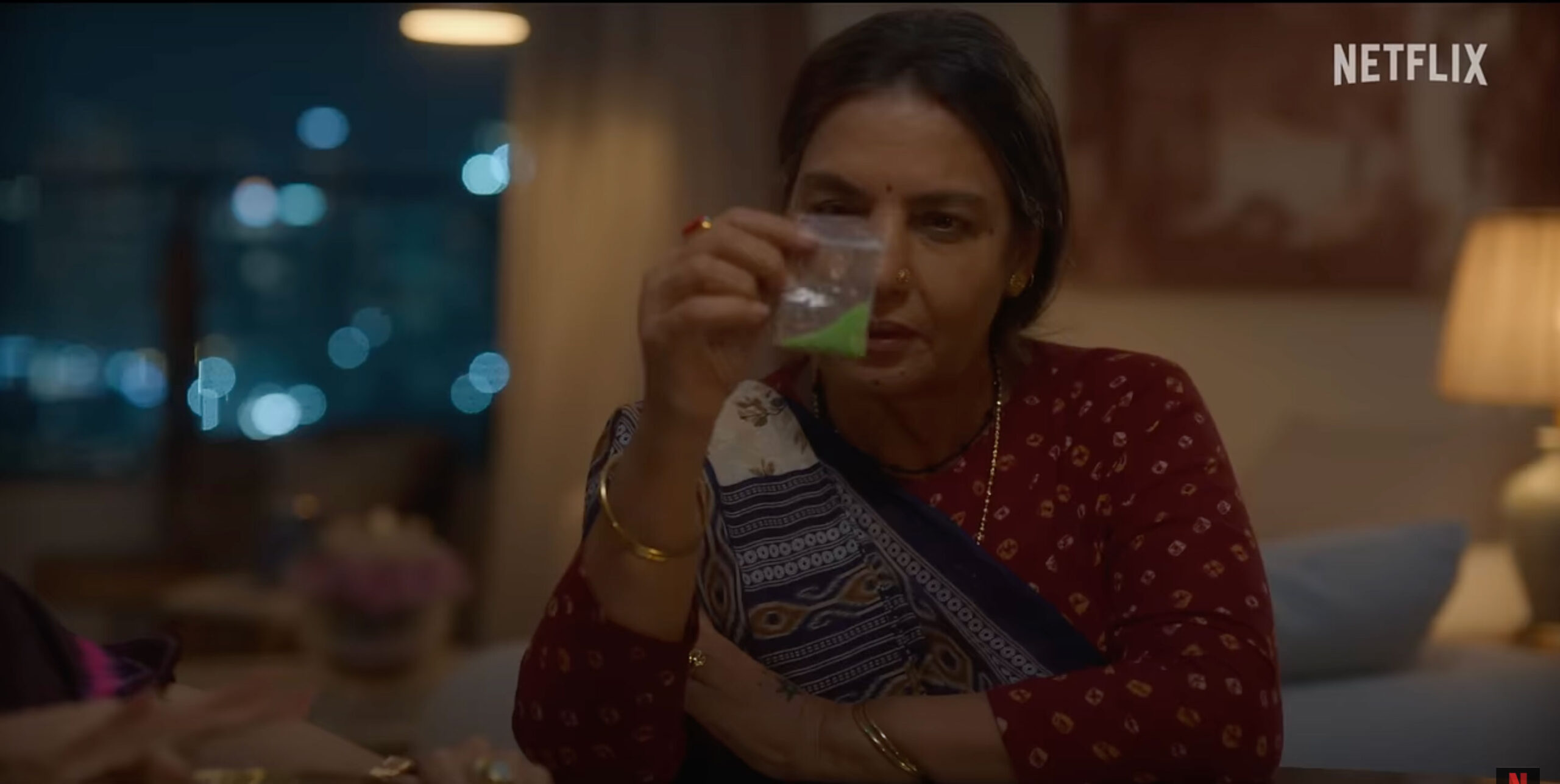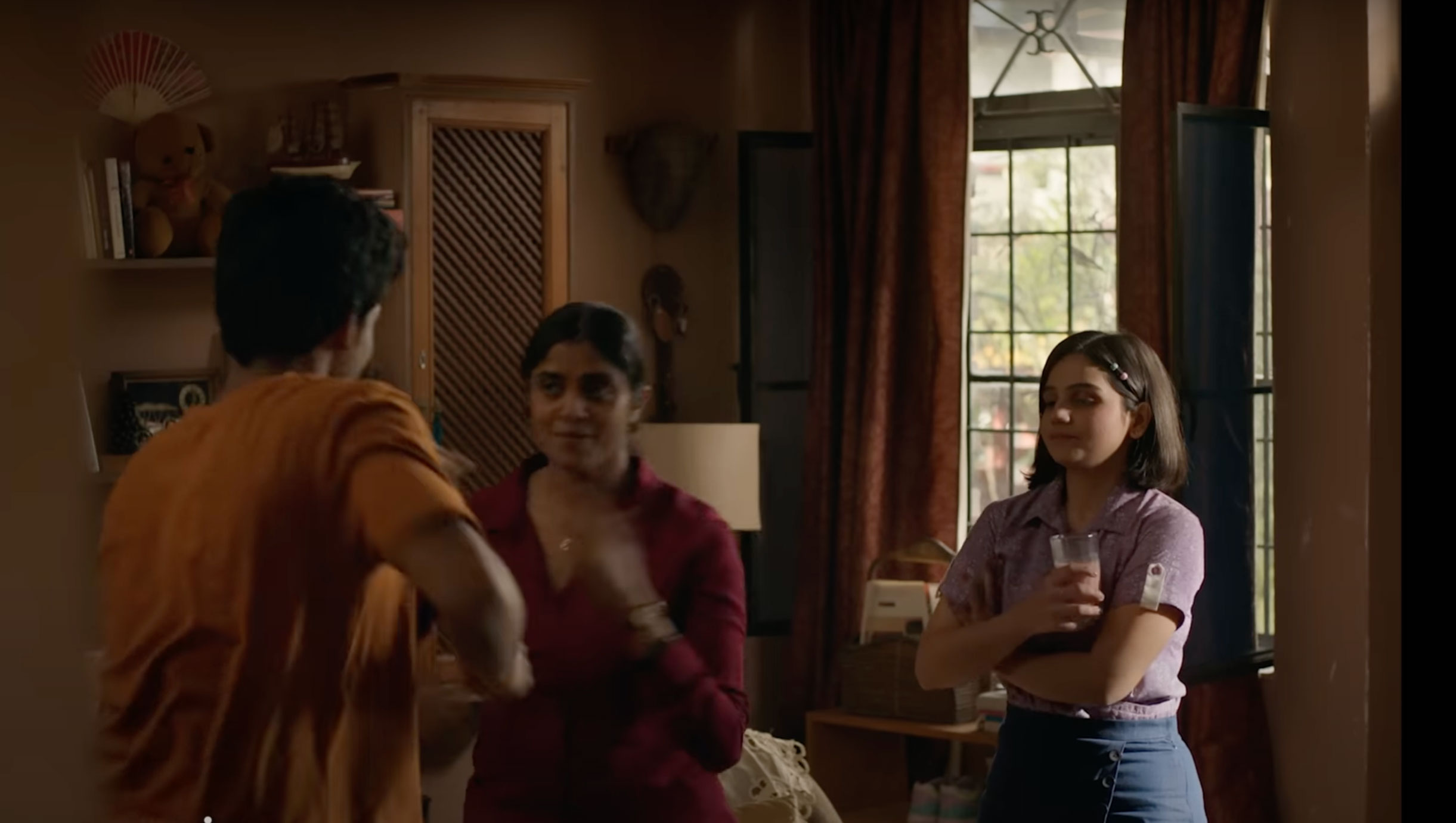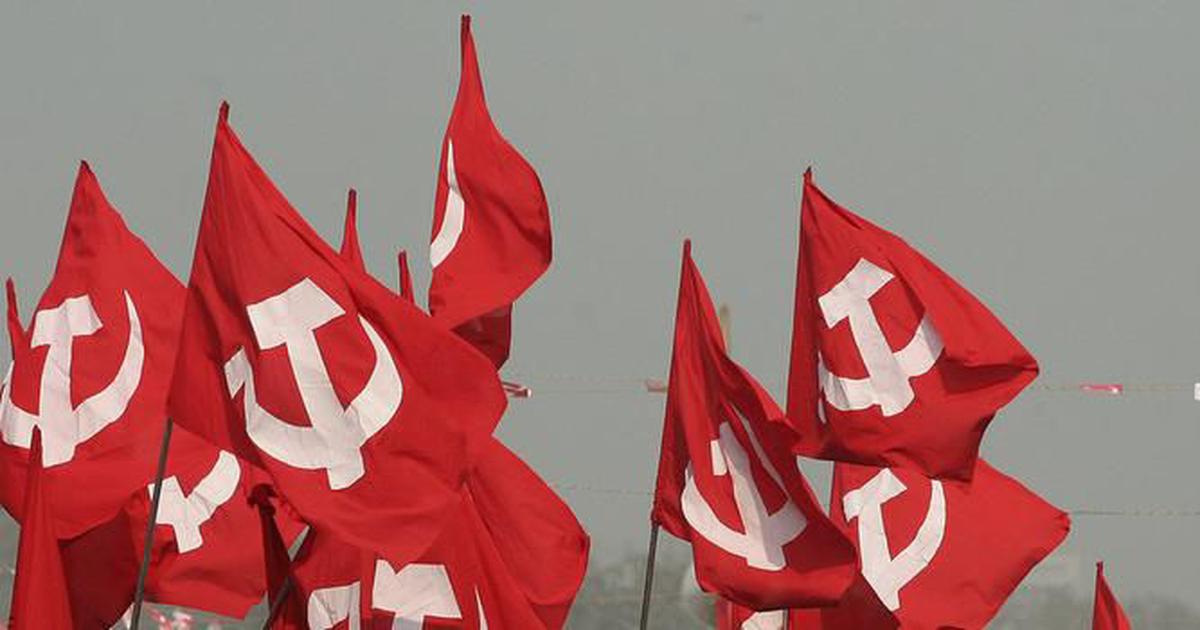We learn from history that social reforms movements and struggles for social justice aren’t complementary; rather, they are contradictory and conflicting. Colonial Bengal simultaneously witnessed a social reforms movement and a social justice movement in the 19th and 20th centuries. While the social reforms movement targeted the upper castes’ age-old orthodox rituals and ugly practices, such as sati, polygamy, exorbitant dowry, child marriage, throwing children in Ganga sagar, antarjali yatra and so on, the social justice movement aimed at ending illiteracy and creating awareness about human dignity in the lower social strata. The social reforms movement was documented in glowing terms by Indian historians whereas the social justice movement was allowed to fade into oblivion.
The Bengali intellectual class was bound by the rigidity of the caste system, despite having received a Western education and having been taught liberal humanism, enlightenment and science. An early 20th century document underlines what the Brahmins and other upper castes thought about Chandals, the largest Hindu caste in East Bengal (now Bangladesh): “(1) The Chandals live outside the villages; (2) their wealth consists of dogs and asses; (3) they put on rags gathered from dead bodies; (4) they live vagrant lives; (5) their principal occupation is to burn the dead; (6) they hang criminals by the command of the king; and (7) they are not touchables.” In one of his essays, Bankim Chandra Chatterjee upheld the orthodox view propagated by Manu about the Chandals in Bengal. It was the Chandals who were at the forefront of the struggles for social justice.
First “general strike”
Oppression and exploitation by upper castes drove the Chandals to protest against their tormentors. In a letter dated 8 April 1873, the district magistrate of Faridpur, C. A. Kelly, told the divisional commissioner, Dacca (Dhaka) that in the early part of that year the Chandals held “a general strike in the district resolving not to serve anybody of the upper class, in whatever capacity, unless a better position among the Hindu castes than what they at present occupy was given to them”.
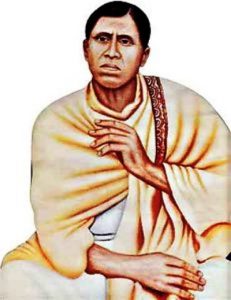
A contemporary historian considers this strike as a social boycott of the higher castes. They decided not to till their land, or thatch their huts. This strike continued for four to five months. This is the first general strike officially recognized and recorded in India. The Chandals of other districts like Barisal, Dacca, Jessore, Mymensingh and Sylhet joined their agitating brethren of Faridpur. Bengal proper had returned 16,20,545 Chandals in the 1871 Census. The striking Chandals of those five giant districts totalled 11,91,204 (equivalent to 74 per cent of the caste population). The success of so widespread a strike aimed at the bhadralok (a caste syndicate of Brahman, Baidya and Kayasth) illustrates the unique organizational skill and networking abilities of the illiterate Chandals.
The Chandals pledged to bring about social upliftment and development through energetic educational endeavours. The educational status of Chandals of Faridpur district, the epicentre of the socio-cultural movement, was pitiable. The upper classes were opposed to the lower orders being taught at all. The Brahmans and Kayasthas deemed education to be strictly their inheritance. Chandals and the Muslims bore the brunt of this prejudice. In Faridpur, only about 200 boys from among the 156,000 Chandals were then in school.
Education for his ignorant and illiterate community was the mission of Hari Chand Thakur (1812-1877) and his gifted son Guruchand Thakur (1847-1937). The former was the founder of Matuaism, a religious order that became popular among castes like Kapali, Poundra, Malo and Muchi. Both laid great emphasis on education as the vehicle for the advancement of the Backwards. Dr C. S. Mead, an Australian Baptist missionary, was of immense help to them in the social justice movement. Namasudras wanted to start an English-medium high school in the Thakurs’ village Orakandi in Faridpur because the high-caste landlords and moneylenders cheated the illiterate and ignorant peasants in everyday matters of rent and debt-payment receipts. They encountered stiff opposition from local high-caste Kayasthas who were afraid that their sharecroppers and servants would no longer work for them if they became educated. Hostility of the Bhadralok forced Guruchand Thakur to take Dr Mead’s help, which included financial assistance. This turned out to be beneficial for the much-needed Namasudra empowerment – as Guruchand got money for the school and access to English officials.
Landmark conference
The All-Bengal Namasudra Conference was held at Dattadanga in Khulna district in 1881. This conference, chaired by Guru Chand Thakur, was attended by hundreds of Namasudras from all over Bengal. Some of the resolutions on education passed at the conference were landmark in terms of social upliftment. The conference set the stage for annual Namasudra conferences, which would be held in different districts for discussions on social matters and education. A village committee would be formed in every Namasudra village, a union in every 15 such villages, and a district committee in every district; village committees, unions and district committees would be authorized to collect subscriptions for a Namasudra Contribution Fund; a handful of rice would be set apart before meals in every family and collected by the village committee; every member of the village committee would pay monthly subscription of one ana; a union member would pay two anas, and district committee members four anas; three per cent of expenses incurred in shraddh, marriages and other occasions would be reserved for this fund; parents giving their sons under 20 and daughters under 10 in marriage would be excommunicated.
Orakandi became the centre of the Namasudra movement. Under the pioneering zeal of Guruchand Thakur, hundreds of primary schools were established in areas with large numbers of Namasudras. Whenever any Namasudra approached Guruchand for joining the Matua order, he would invariably advise them to set up a school in their village. Concerned about sanitation and cleanliness, he would also ask them to build toilets in their homes.
In 1908, the first English-medium high school was established in the Orakandi village, Faridpur. Keeping in mind the aspirations of the Muslims and backward classes, the governor of East Bengal & Assam had passed The Proportional Representation of Communities in Public employment Act. The same year, Kumud Behari Mallick became the first Namasudra and Untouchable to be appointed a Deputy Magistrate in Bengal. Katherine Mayo noted in her Mother India (1927) that about 4,900 Namasudra boys were studying for matriculation whereas some 200 were already graduates. Their “untouchability” came in the way when Namasudras sought hostel accommodation for higher education in Calcutta. A Namasudra delegation met the vice-chancellor, Calcutta University, following which, in 1917, the university ended up renting a separate building in the city for the Untouchables.
In 1885, Punchanon Biswas, a Namasudra, was sent to Australia, where he requested the South Australian Baptist Mission to depute to East Bengal five women missionaries to help educate the Untouchable rural women. Five missionary sisters arrived and devoted their life for educating the deprived women. The wife and daughters of Mead were already in Faridpur.
Chandal to Namasudra
Starting in 1901, various castes sent representations to the Bengal government demanding a name change and a higher status in the hierarchy. In 1911, the pile of such representations weighed 1.5 maunds (about 57 kilograms). Babhans (who now call themselves Bhumihar) wanted to be called Brahmarshi Brahmans, Bengali Kayastha thought they deserved the Kshatriya status and Baidyas sought the Brahman tag. All these demands were turned down. Two representations – one from Chandals seeking to be renamed Namasudra and the other from the Kaibarttas to be declared Mahishya – were accepted. The Chandals had put in a lot of effort to make this happen. F. B. Peacock, commissioner, Presidency Division, observed in a communication (No 87, dated 18 July 1881): “The improvement of the Chandals who are in the chief agriculturists [in Narail subdivision, in Jessore district] has led them to aspire to a superior status in the Hindu caste system. They call themselves Namasudra and profess to be Baishnab.”
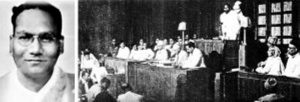
In 1905, when an anti-partition agitation was launched by Bengali political and social leaders against Lord Curzon’s decision to partition Bengal into East and West Bengal for administrative convenience, a prominent leader, Sir Surendranath Banerjee, sought 58-year-old Guruchand Thakur and his followers’ support. Guruchand wrote a poignant reply: “Namasudras are a poor people. They do not indulge in luxury nor do they know it. The only foreign goods they use are cheap imported cloth. It is the high castes who are wont to use imported goods. This agitation, [boycott], therefore, should remain, confined exclusively amongst themselves. The Namasudras are still bereft of political rights and are oppressed and exploited ruthlessly in their own homeland. High caste Hindus are deadly opposed to grant of any political rights to them. They must, therefore, inculcate a feeling of brotherhood for the low castes, else, the degraded and low castes will never join the high caste Hindus in any agitation against the British.”
Rabindranath Tagore participated in an annual conference of Namasudras held in Mymensingh in 195. The Hindu intellectual class has consciously suppressed this fact.
The Namasudra community submitted two memoranda before the Simon Commission. In February 1928, the All Bengal Depressed Classes Association submitted a memorandum and adopted the memoranda submitted by the Namasudra community as representing their interests too. The presentations of nine leaders of the two bodies, who jointly met the Commission on 29 January 1929 in Calcutta, were recorded. The representatives focused on the realities of socio-economic and cultural life in Bengal and their aspirations. One of their demands was that “appointments be made out of qualified candidates of different communities in proportion to their numerical strength”. They added that only candidates of the depressed classes and others, including Muslims, should be appointed until “an equalization of these classes is secured to those who have already filled these services”. Their aim was to end the unhealthy monopoly of the Bhadralok in administration. Domination of the judiciary by a minuscule minority was a bane for India, they said, and proposed setting up of service commissions for appointment of personnel in central and provincial governments – the central commission to be headed by an European member of the Governor General’s Executive Council, and provincial commission by Governor’s European executive member. They thus made it clear that they didn’t trust the upper-caste Indians. They wanted “free and compulsory elementary education” in the country. In what was a scathing indictment of the Bhadralok, the leaders of the depressed classes said the upper castes “have assumed the position of the heaven-born guardians of the masses”.
Guruchand also campaigned against zamindars and their exploitation. In 1921, Mukunda Behari Mallick and Bhishmadeb Das, both members of the Bengal Legislative Council, demanded a law that granted two-thirds of the crop to the sharecropper. This was the genesis of that Tebhaga movement, which was later usurped by the Bengali communists in support of the peasantry. In the Bengal Assembly elections 1937, there were 30 reserved constituencies and 12 Namasudras won – 10 were followers of Guruchand and two represented the Congress. All of them carried an imprint of Guruchand’s personality. Dr C. S. Mead paid his tribute to Guruchand thus: “With a liberality of thought, a courage and foresightedness uncommon among men of orthodox school he has sought the uplift of the great Namasudras caste. They owe a great deal to him. So do I.”
The election of Dr B. R. Ambedkar to the Constituent Assembly from Bengal in 1946 was an example of political sagacity and foresight on the part of Bengali Untouchables’ representatives like Jogendra Nath Mandal, Mukunda Behari Mallick, Dwarikanath Barui, Nagendranath Roy and Kshetranath Singh from the districts of Faridpur, Jessore, Khulna and Barisal, now in Bangladesh. The Bengali Dalits suspect these districts with large numbers of Namasudras were parcelled out to Pakistan for electing Dr Ambedkar to the Constituent Assembly. The crucial behind-the-scenes role of these Untouchables in Constitution making has yet to be recognized.
Published in the February 2016 issue of the Forward Press magazine
Forward Press also publishes books on Bahujan issues. Forward Press Books sheds light on the widespread problems as well as the finer aspects of the Bahujan (Dalit, OBC, Adivasi, Nomadic, Pasmanda) community’s literature, culture, society and culture. Contact us for a list of FP Books’ titles and to order. Mobile: +919968527911, Email: info@forwardmagazine.in)

